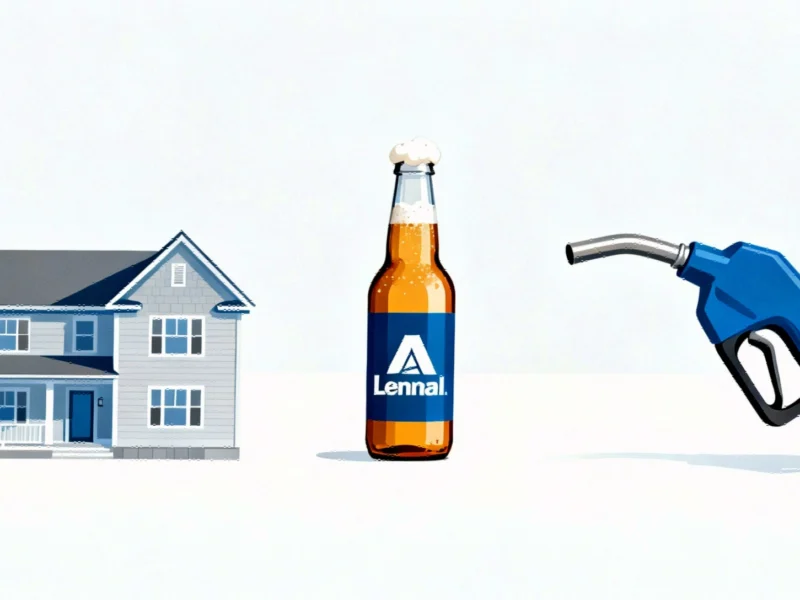The New Economic Reality: Soaring Productivity, Stagnant Employment
America’s economic landscape is undergoing a fundamental transformation that threatens to leave millions of workers behind. According to Goldman Sachs economists David Mericle and Pierfidesco Mei, we’re entering an era of “jobless growth” where robust GDP expansion no longer translates to meaningful job creation. This paradox presents serious challenges for both recent graduates and experienced professionals navigating today’s labor market.
The current economic environment features modest job growth alongside strong GDP increases, a pattern that analysts believe represents our new normal. This disconnect stems primarily from businesses’ rapid adoption of artificial intelligence, which contributes significantly to productivity gains without corresponding increases in hiring. As industry developments continue to evolve, this trend appears to be accelerating.
The Disappearing Entry-Level Ladder
Perhaps the most concerning aspect of this shift is how it’s affecting entry-level positions. Job postings for junior roles have plummeted compared to last year, creating what amounts to a pulled-up ladder for those trying to enter the workforce. While AI hasn’t yet displaced large numbers of existing workers, it’s clearly slowing hiring, particularly for positions that traditionally served as career starting points.
This development is not just problematic for current job seekers—it’s dangerously short-sighted for the entire economy. Senior roles require experienced professionals, and without a pipeline of junior staff developing those skills, organizations face a potentially catastrophic talent shortage in the coming years. Some companies seem to be betting that recent technology advancements will eventually eliminate the need for human workers altogether, but this assumption remains speculative at best.
The AI Spending Bubble: Temporary Shield or Future Risk?
Current economic stability may be more fragile than it appears. According to Deutsche Bank researchers, AI-related spending is currently the primary factor keeping the American economy out of recession. Harvard economist Jason Furman’s analysis reveals that AI investment accounted for a staggering 92% of GDP growth in the first half of 2025.
This massive capital allocation toward artificial intelligence reflects widespread belief in its transformative potential. Businesses are investing heavily in the promise of productivity gains through both enterprise and consumer adoption of AI tools. However, as we’ve seen with market trends in other sectors, such concentrated investment carries significant risks if expectations aren’t met.
The Looming Recession Test
The true impact of AI on employment may remain hidden until economic conditions deteriorate. As the Goldman Sachs economists noted, “History also suggests that the full consequences of AI for the labor market might not become apparent until a recession hits.” This means our current understanding of AI’s employment effects might be dramatically incomplete.
What remains uncertain is whether AI will ultimately drive genuine productivity gains or contribute to a market collapse similar to 2008, should overleveraged AI investments fail to deliver. The parallel concerns in related innovations across sectors suggest we should approach this transformation with cautious optimism rather than unbridled enthusiasm.
Broader Implications and Sector Connections
The jobless growth phenomenon doesn’t exist in isolation—it connects to wider economic and social trends. From industry developments in education to infrastructure investments, the relationship between technological advancement and human capital development requires careful balancing.
What’s clear is that we’re navigating uncharted economic territory. The traditional relationship between growth and employment has been severed, and neither policymakers nor business leaders have yet developed adequate responses to this new reality. As AI continues to reshape our economy, we must confront difficult questions about how to ensure prosperity is shared rather than concentrated among capital owners alone.
The coming years will test whether our economic system can adapt to this technological transformation without leaving entire generations of workers behind. The stakes couldn’t be higher—both for individual livelihoods and for the overall health of our society.
This article aggregates information from publicly available sources. All trademarks and copyrights belong to their respective owners.



